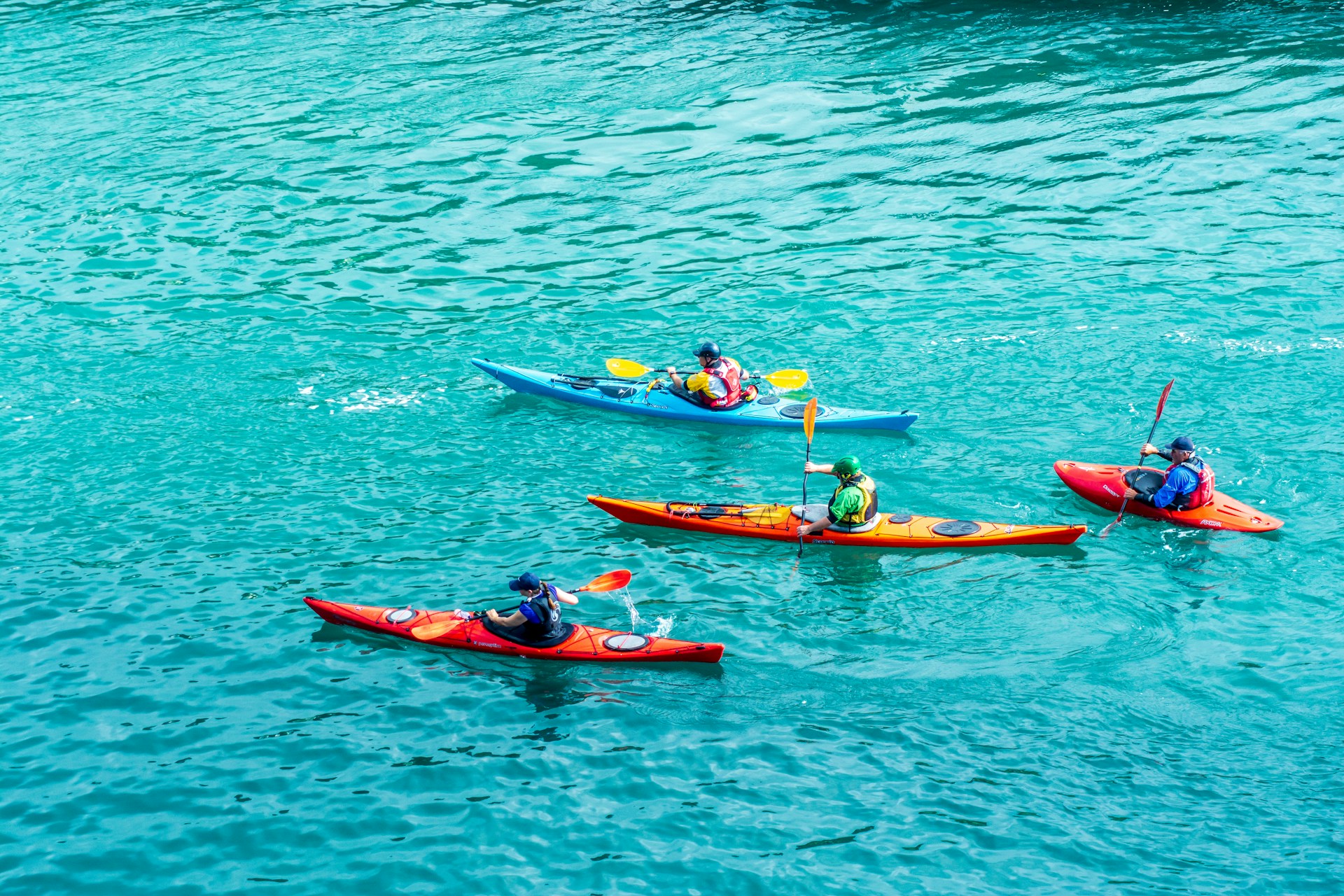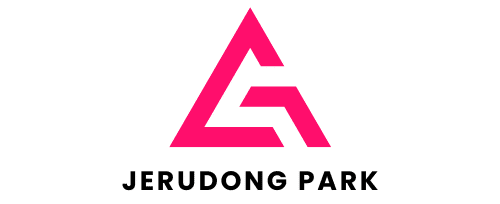How Can Real-Time Analytics Optimize Race Strategies for Professional Kayakers?

In today’s fast-paced world of sports, athletes and their coaches are continually seeking ways to improve their performance. One such approach is through the use of real-time analytics. This technology uses data to provide immediate insights, which athletes can leverage to enhance their strategies and, ultimately, their performance. In the world of professional kayaking, real-time analytics can be particularly beneficial, offering insights into factors like paddling technique, body mechanics, and race strategy.
The role of time-based analytics in sports performance
Time-based analytics is a relatively new concept in the sporting domain, but it’s rapidly gaining traction. It involves collecting, analysing, and interpreting data related to an athlete’s performance during a particular time frame. Such analytics can provide a wealth of information, from identifying patterns and trends to pinpointing areas that need improvement.
Dans le meme genre : Find the ideal gel blaster gun for every gamer's style
In the context of professional kayaking, time-based analytics can provide insights into an athlete’s paddling technique, the efficiency of their strokes, and their overall speed and stamina. This information can then be used to develop training programs and race strategies tailored to the individual athlete’s strengths and weaknesses.
Time-based analytics can be particularly beneficial during a race, where every millisecond counts. By providing real-time information on factors like speed, stroke rate, and energy expenditure, these analytics can help athletes make strategic decisions that could be the difference between winning and losing.
Cela peut vous intéresser : How to Enhance Mental Toughness in Boxers During the Final Weeks Before a Title Fight?
The importance of scholar learning for athletes
Scholar learning is another vital aspect in the development and improvement of an athlete. It involves educating athletes about various aspects related to their sport, including technique, strategy, and the body’s response to physical exertion.
In professional kayaking, scholar learning can help athletes understand the biomechanics involved in their paddling technique. This includes understanding how their body moves and reacts during each stroke, and how to use this knowledge to improve their technique and efficiency.
Learning about game strategy is also an integral part of scholar learning. Athletes can analyze their past performances, along with those of their competitors, to identify patterns and trends. This analysis can then assist in developing a race strategy that plays to their strengths and exploits their competitors’ weaknesses.
DOI and CrossRef – Aiding Research and Training
The DOI (Digital Object Identifier) and Crossref systems are invaluable tools in ensuring the research used in training and performance analysis is reputable and relevant. DOI is a unique alphanumeric string assigned to digital content to provide a persistent link to its location on the internet, while Crossref is a data system that allows for the citation linking in scholarly literature.
In the context of sports training, DOI and Crossref can help coaches and athletes access quality research materials. These might include studies on the most effective paddling techniques, the impact of different training regimens on performance, or the mental strategies employed by the world’s top kayakers.
The DOI and Crossref systems also provide a way to track the impact of research over time, providing insight into how findings have been received and applied in the field. This can help ensure that training methods and strategies are based on the most current and effective research.
The use of PubMed for performance improvement
PubMed is a free search engine providing access to references and abstracts on life sciences and biomedical topics. It is a valuable resource for athletes and coaches in sports like professional kayaking, where understanding the body’s responses and requirements can significantly impact performance.
Athletes can access studies and research on physiological responses to different types of training, dietary requirements for optimal performance, and how to prevent and rehabilitate injuries. Such data can greatly assist in creating personalized training regimes and in-race strategies.
Moreover, the ability to access this information in real time can be a game-changer. For instance, during a race, if an athlete starts experiencing unexpected physiological reactions, they can quickly search PubMed for relevant research and advice. This could potentially rectify the situation promptly, saving precious race time, and possibly avoiding more severe issues.
Real-time analytics: Solving problems and optimizing performance
Real-time analytics combines data collection and analysis to offer immediate insights. In sports like professional kayaking, these insights can be invaluable, whether they relate to paddling technique, energy expenditure, or race strategy.
For instance, by analyzing real-time data on an athlete’s stroke rate and power output, coaches can identify if the athlete is tiring and needs to adjust their pace. Similarly, by monitoring an athlete’s heart rate and energy expenditure, they can determine if they need to consume more fuel to maintain performance.
In the context of a race, these insights can help athletes make on-the-spot decisions. For example, if their energy expenditure is higher than expected, they might decide to reduce their pace or consume more fuel. These real-time decisions, based on solid data, can significantly enhance performance and competitive advantage.
Google Scholar and Reinforcement Learning: Empowering Athletes to Excel
Google Scholar is a useful resource for athletes as it provides free access to an extensive array of academic literature. This can be pivotal in enhancing the performance of professional kayakers, as they can use it to learn about factors affecting their paddling performance. Google Scholar can also be instrumental in sourcing comprehensive information about reinforcement learning, which involves using data-driven analytics to improve decision making.
In the context of professional kayaking, reinforcement learning can be used to analyze patterns in an athlete’s stroke cycle. It can help understand when the athlete is most efficient and identify areas where they can save energy. This information can be used to train the athlete to replicate their most effective strokes, thus enhancing their overall performance.
Moreover, reinforcement learning can assist athletes in improving their decision-making skills. For instance, they can learn when to increase their speed during a race or when to conserve their energy. This can be particularly beneficial in sprint kayaking, where races can be won or lost within seconds.
Google Scholar, with its wide range of accessible academic content, complements this process by providing athletes and coaches with the latest research findings. This can further optimize their training strategies and performance outcomes.
The Role of Deep Learning in Optimal Resource Allocation
Deep learning, a subset of artificial intelligence, uses algorithms to mimic the human brain’s ability to learn from data. It’s a remarkable tool that can significantly enhance an athlete’s performance, particularly in the context of resource allocation.
In professional kayaking, resource allocation involves the strategic use of an athlete’s strength, stamina, and energy in a race. It demands a careful balance – exerting too much energy early in the race can lead to fatigue, while conserving too much energy can result in a slower pace.
Deep learning can aid in this distinct aspect of the sport by analyzing data from an athlete’s previous races and training sessions. It can identify patterns on how an athlete uses their energy and provide insights on how to better allocate those resources.
For instance, deep learning can show if an athlete tends to exert too much energy at the start of a sprint kayak race. Based on this pattern, coaches can then devise strategies to help the athlete conserve their energy at the start and utilize it more efficiently in later stages of the race.
Making Informed Decisions with DOI, Crossref and PubMed
Digital tools such as DOI, Crossref, and PubMed can significantly enhance an athlete’s training and performance. DOI and Crossref can help find articles and research related to kayaking, which can be used to improve paddling performance.
DOI is particularly valuable as it provides a unique identifier for digital content, making it easier for athletes and coaches to find and cite relevant literature. Similarly, Crossref allows linking to scholarly articles, enabling easier access to research.
On the other hand, PubMed, a biomedical and life sciences database, can provide valuable insights into the physical demands of kayaking and how the body reacts to them. This can be extremely beneficial in understanding, preventing, and rehabilitating potential injuries.
Further, these tools can be used in conjunction in a separate window during a race or training session. For instance, if an athlete experiences an unexpected physical reaction, they can quickly open a separate window to search PubMed for relevant research and advice. This could potentially save precious race time and help avoid more severe issues.
Conclusion: The Potential of Real-Time Analytics in Professional Kayaking
In the fast-evolving world of professional kayaking, real-time analytics plays a vital role. By offering immediate insights into an athlete’s performance, it can ensure optimal resource allocation and aid in strategic decision making.
Google Scholar can provide valuable information about reinforcement learning, which can be used to enhance an athlete’s decision-making skills and improve their paddling performance. Similarly, deep learning can help in strategic resource allocation, enabling athletes to optimize the use of their energy during a race.
Furthermore, digital tools like DOI, Crossref, and PubMed can enhance an athlete’s access to relevant research, aiding in their training and performance. The use of these tools in a separate window during a race or training session can provide timely insights and advice, potentially saving precious race time and enhancing overall performance.
In conclusion, the use of real-time analytics in professional kayaking not only optimizes the sport but also ensures athletes are better equipped, better trained, and better placed to excel in their endeavours.
